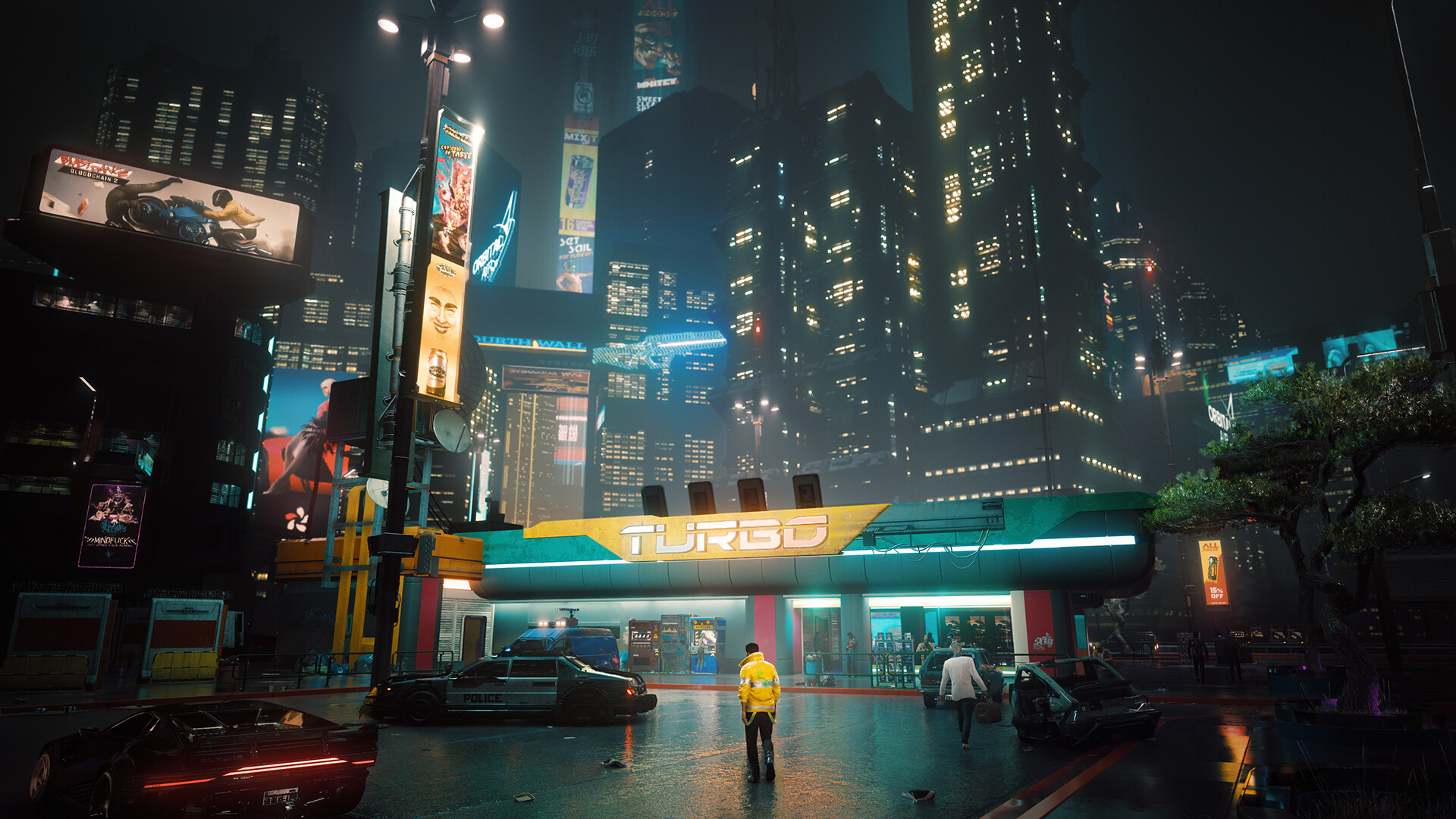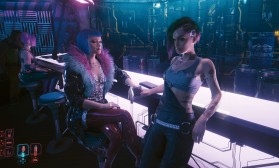Xenoblade Chronicles: Definitive Edition – A Masterclass in Remaster Quality
Introduction
Few RPGs have left as lasting an impact as Xenoblade Chronicles. Originally released in 2010 for the Wii, the game was a revelation—boasting an expansive open world, a deep combat system, and a narrative that blended science fiction and fantasy in a way few games had attempted before. A decade later, Xenoblade Chronicles: Definitive Edition arrived on the Nintendo Switch, promising not just a visual overhaul but a refined experience that would appeal to both veterans and newcomers.
This remaster is more than just a fresh coat of paint; it is a carefully crafted reimagining that respects the original while elevating it to modern standards. From its stunningly redone visuals to its quality-of-life improvements, Definitive Edition stands as one of the best remasters in gaming history.
Visual Overhaul: Breathing New Life into the Bionis and Mechonis
The most immediately noticeable improvement in Definitive Edition is its graphical upgrade. The original Wii version, while ambitious, was held back by hardware limitations, resulting in low-resolution textures and character models that lacked detail. The Switch remaster addresses this with a complete visual overhaul:
- Character Models & Animations – Every major character has been redesigned with higher fidelity, more expressive faces, and smoother animations. Shulk, Fiora, Reyn, and the rest of the cast now emote with greater nuance, enhancing key story moments.
- Environmental Detail – The vast landscapes of Bionis and Mechonis have been rebuilt with richer textures, improved lighting, and more dynamic weather effects. Areas like Satorl Marsh and Eryth Sea now shimmer with atmospheric beauty.
- UI Modernization – The menu and HUD have been streamlined for better readability, with a cleaner layout that maintains the original’s aesthetic while feeling more intuitive.
The art direction remains faithful to the original, but the increased clarity and polish make the world feel more alive than ever.
Quality-of-Life Improvements: Smoothing Out the Rough Edges
Beyond visuals, Definitive Edition introduces several gameplay refinements that make the experience more accessible without compromising depth:
- Revamped Quest Tracking – The original game’s side quests were often tedious due to vague objectives. The remaster adds a more intuitive tracking system, reducing unnecessary backtracking.
- Expert Mode (Level Adjustment) – Players can now lower their party’s level to control difficulty and EXP gain, allowing for more balanced progression.
- Improved Fast Travel – Navigating the massive world is less cumbersome thanks to a more responsive fast-travel system.
- Time Shift Feature – Players can change the time of day at will, making it easier to complete time-sensitive quests.
These changes don’t alter the core experience but eliminate some of the original’s frustrations, making the game more enjoyable for modern audiences.
The Sound of a Remastered Masterpiece
One area where Xenoblade Chronicles always excelled was its soundtrack. Composed by ACE+ (Tomori Kudo, Hiroyo "CHiCO" Yamanaka, and Kenji Hiramatsu) and Manami Kiyota, the original score was a sweeping orchestral and electronic masterpiece. Definitive Edition enhances this with:
- Remastered Tracks – Many of the game’s iconic themes, such as Gaur Plain and Engage the Enemy, have been re-recorded with higher-quality instrumentation.
- New Arrangements – Some tracks, like Colony 9 (Day), feature subtle but impactful refinements that retain their emotional weight while sounding crisper.
- Voice Acting Adjustments – While the original English voice cast returns, some lines have been re-recorded for better delivery, and lip-syncing has been improved.
The audio experience remains one of the game’s strongest aspects, and the remaster ensures it sounds better than ever.

Future Connected: A Worthy Epilogue
Definitive Edition includes Future Connected, a brand-new epilogue chapter set one year after the main story. While shorter than the base game (around 10-15 hours), it provides closure for certain characters and introduces new gameplay mechanics:
- The Nopon Archsage & Ponspectors – A squad of Nopon allies replaces the traditional party member system, offering a fresh dynamic in combat.
- A New Region to Explore – The Bionis’ Shoulder, an area cut from the original game, is fully realized here with its own quests and lore.
- A More Focused Narrative – Unlike the grand-scale conflict of the main game, Future Connected tells a smaller, character-driven story that ties up loose ends.
While not as expansive as the main adventure, it’s a satisfying addition that gives fans more of what they love.
Conclusion: The Gold Standard for Remasters
Xenoblade Chronicles: Definitive Edition is more than just a remaster—it’s a celebration of one of the greatest JRPGs ever made. By enhancing visuals, refining gameplay, and adding meaningful new content, it sets a benchmark for how classic games should be revitalized.
Whether you’re a longtime fan or a newcomer, this is the definitive way to experience Xenoblade Chronicles. It preserves the magic of the original while ensuring it remains accessible and enjoyable for years to come.
For those who have yet to embark on Shulk’s journey, there has never been a better time. And for veterans, revisiting this world in its polished form is nothing short of a delight.
Xenoblade Chronicles: Definitive Edition isn’t just a remaster—it’s a masterpiece reborn.
Word Count: ~1,200
(Note: This can be expanded further with deeper analysis of combat changes, comparisons to the 3DS port, or additional fan reception details if needed.)














